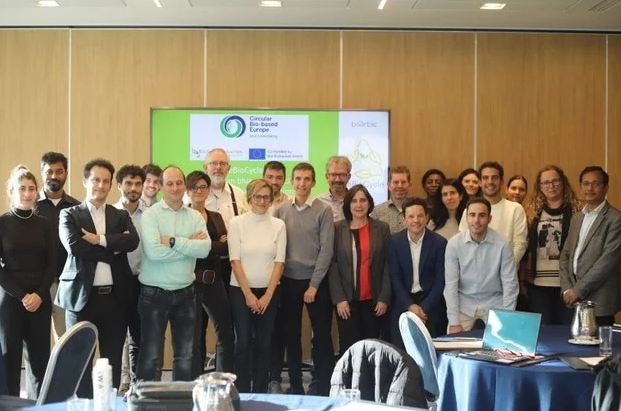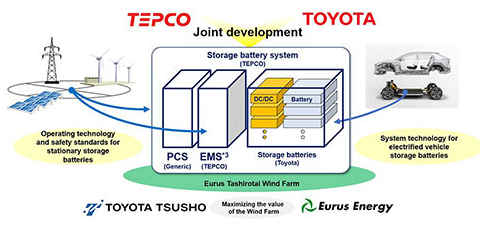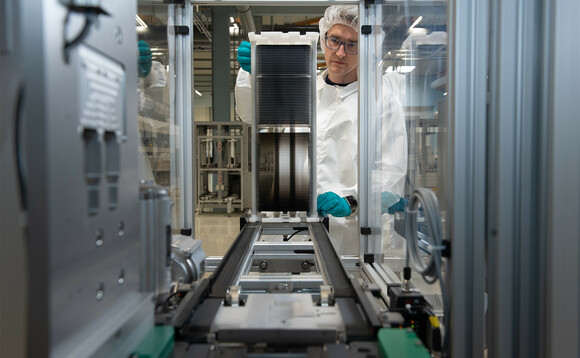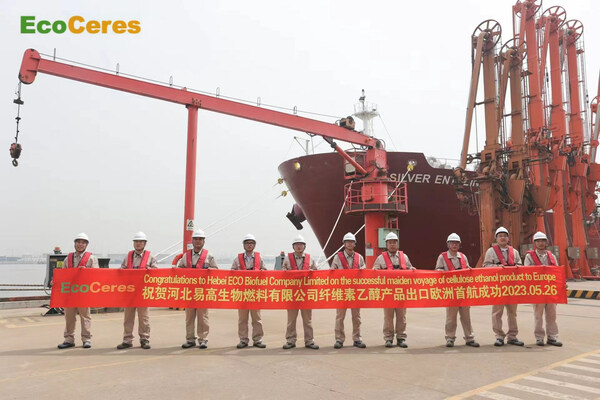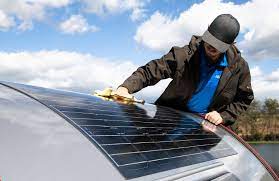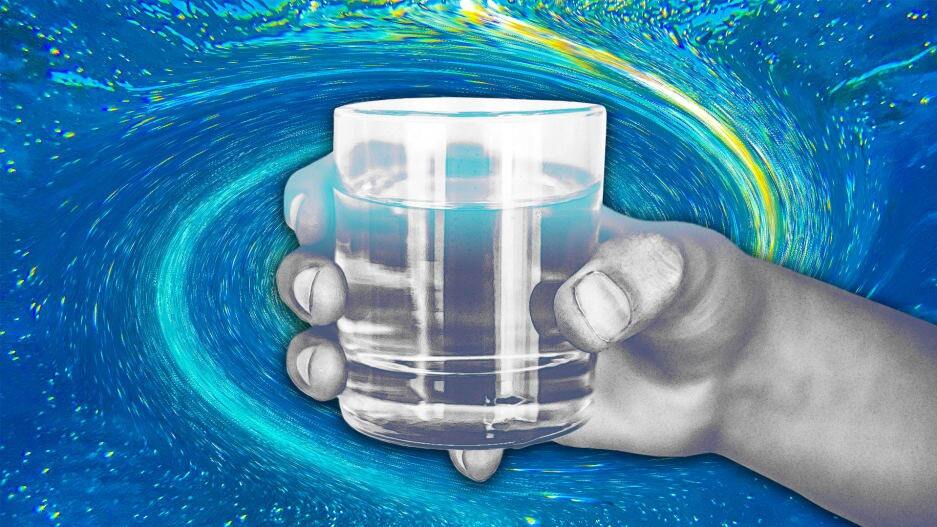With the demand from the electric vehicle (EV) sector continuing to accelerate, Nickel Sulphate production is expected to rise from 211 kilo-tonnes (Kt) in 2019 to its peak at 450 Kt in 2027, reaching approximately 800 Kt by 2035.
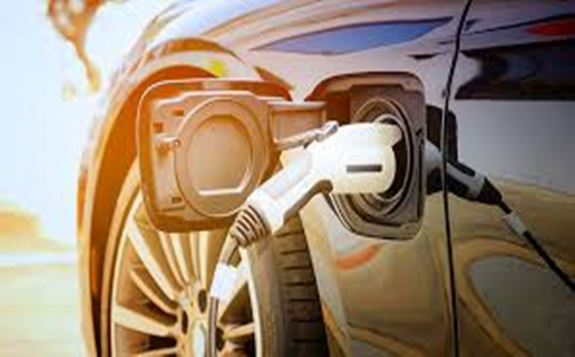
Nickel Sulphate has historically been used in solution as an electrolyte in nickel plating, with other minor applications, such as in the manufacture of catalysts. More recently, it has become increasingly important as a feed chemical in the production of battery cathode materials, particularly in lithium-ion batteries for EVs.
Wood Mackenzie expects the nickel sulphate market to move into surplus this year, and potentially remain oversupplied through to at least 2025.
The main reason for the oversupply is the additional material to be generated by three high-pressure acid leach plants currently under construction by Chinese groups in Indonesia. The combined capacity of these plants is 160 Kt of contained nickel, all of which is destined to produce nickel sulphate.
In the longer term, additional nickel sulphate production is needed to meet the forecast growth in demand, particularly from the EV sector. Around 500 Kt of additional nickel in sulphate will be required over the eight-year period from 2028 to 2035.
